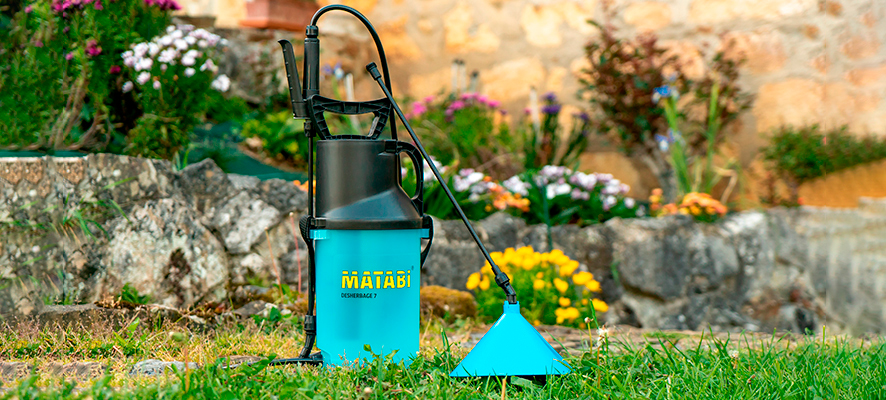
The sunny days and blue skies are here again, which leads us to enjoy wonderful afternoons in the garden. But hey! It’s also time to work a little harder in the garden, May is a the month of weeds.
Weeds never die
Weeds can grow in inhospitable places like rooftops or between tiles. They have a great resistance to other plants and their sophisticated reproduction and dispersal system can spoil your garden in a very short time.
Therefore, it is important to know how to identify them in time and make something about it.
Solution: Matabi Desherbage 7
This month we launch a new sprayer spezialized in the elimination of weeds: Desherbage 7.
This 5 liter capacity sprayer is ideal for targeted applications in the garden, orchard, pathways, between tiles or even for weeding on roofs.
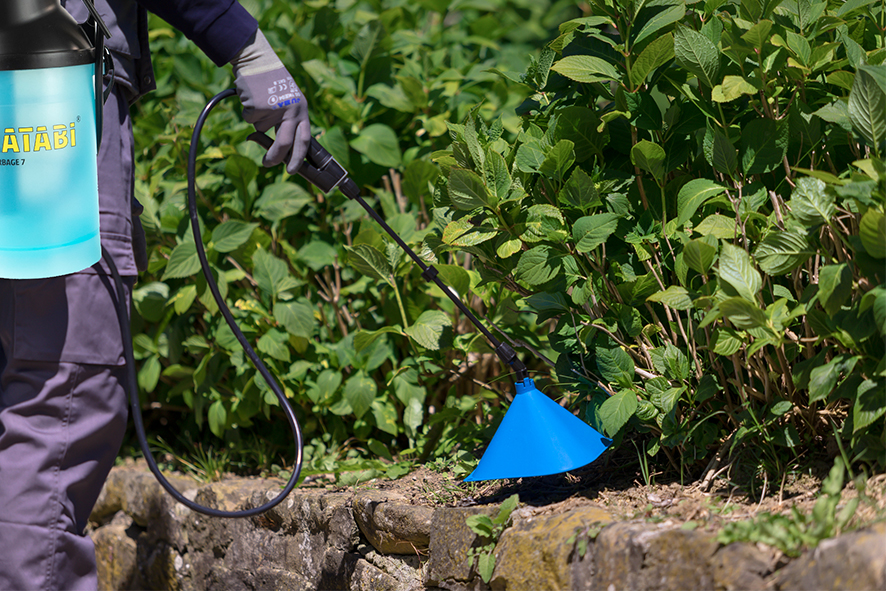
It is a really easy to use sprayer. It contains a wide filling mouth, a handle and carrying strap to be able to carry it comfortably to all those areas in which you must spray your weed treatment, an extendable lance of up to 42 cm to reach difficult access areas, translucent tank to be able to see at all times the product inside and a conical hood for the application in a pre-determined areas, thus avoiding the drift of the product in surrounding plants.
Now, do you know how to identify these weeds?
Easy Peasy guide to identify weeds
There are thousands of weeds all over the world, but some are a little more frequent that others. These are some the most common weeds in our gardens:
1) Clovers
These weeds produce clusters of small and rounded flowers surrounded by oval leaves. The flowers are usually white, but they can also be red, purple, or slightly blue. They are very common on lawns, but they can also grow in other less hospitable areas.
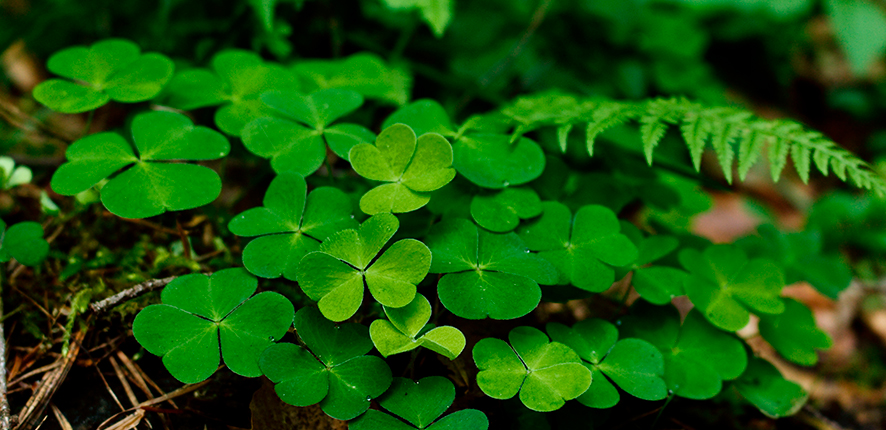
Clovers are perennials (they can grow at any time), but they go dormant in the winter and bloom again in the spring.
Still, clovers in low doses are good for lawns as they release nitrogen into the soil. Having a few in your garden could help your lawn grow better. And for this, Matabi Desherbage just perfect, since thanks to its conical hood, you can choose in which areas you want to get rid of this perennial plant and in which areas you want to keep it.
2) Wild violet
Don't be fooled by their beauty, wild violets are weeds.
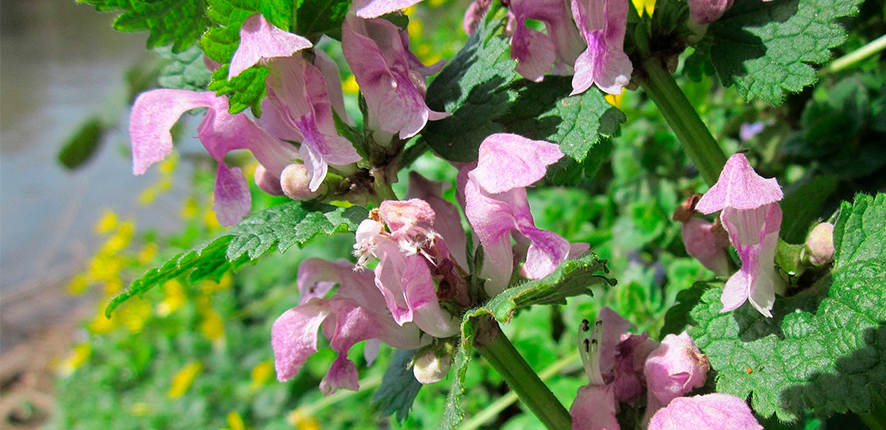
They produce blue or purple flowers surrounded by broad clover-shaped leaves. When not in flower, the plant is just a mass of these flowerless leaves. They are common in small lawns, but they are also wild plants that grow in all kinds of gardens.
3) Crab grass
This is one of the most common grass-like weeds out there. The grassy leaves sprout from a central bulb and grow outward, just like the legs of a crab. This produces circular patches that are fairly easy to spot on well-groomed lawns. Once it is spread over the lawn it can grow anytime in the year.
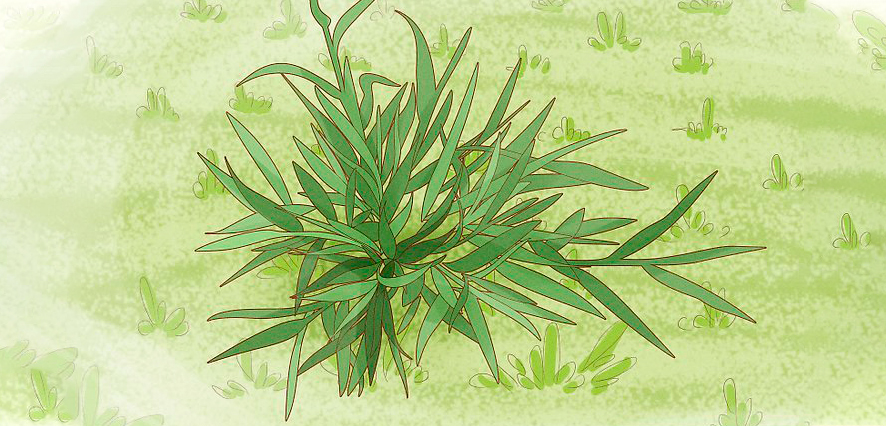
Crab grass can be difficult to spot when it grows on a lawn that is not well maintained. The main thing to look for are clumps of grass that look different from the surrounding grass. Crab grass is usually lighter or shaped differently than the other grass on your lawn.
---
Info & photo via: WikiHow
Did you enjoy reading the article? Has it clarified any doubts for you? Give us your opinion and help us spread it on your social networks. We also invite you to follow us on Instagram.